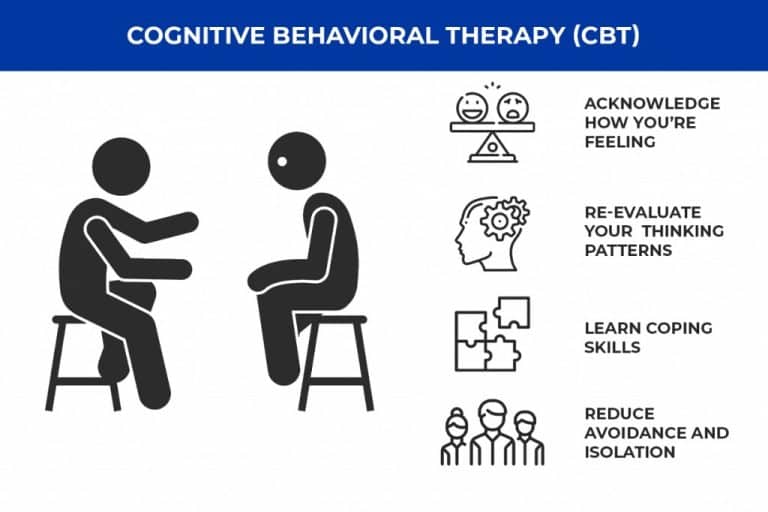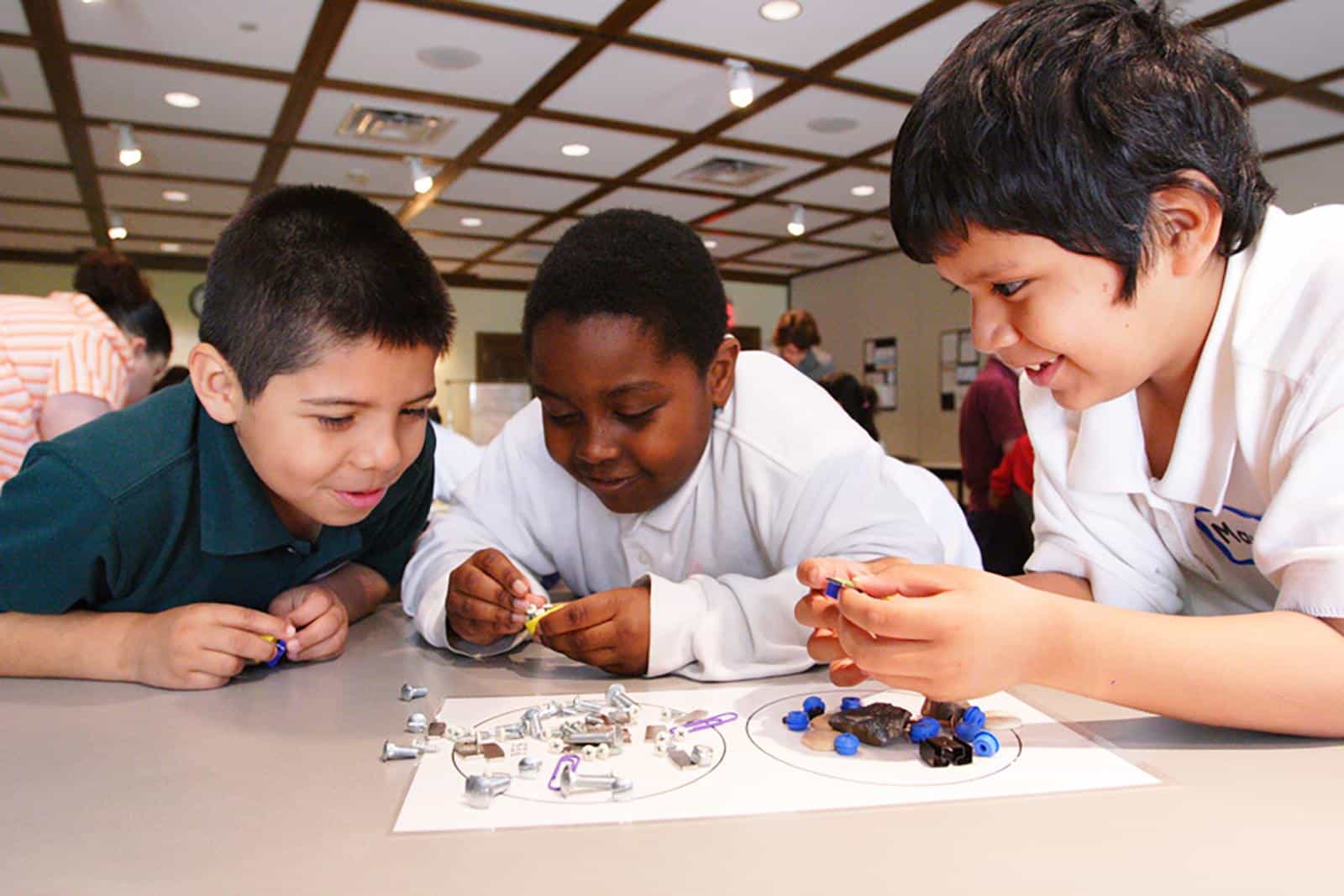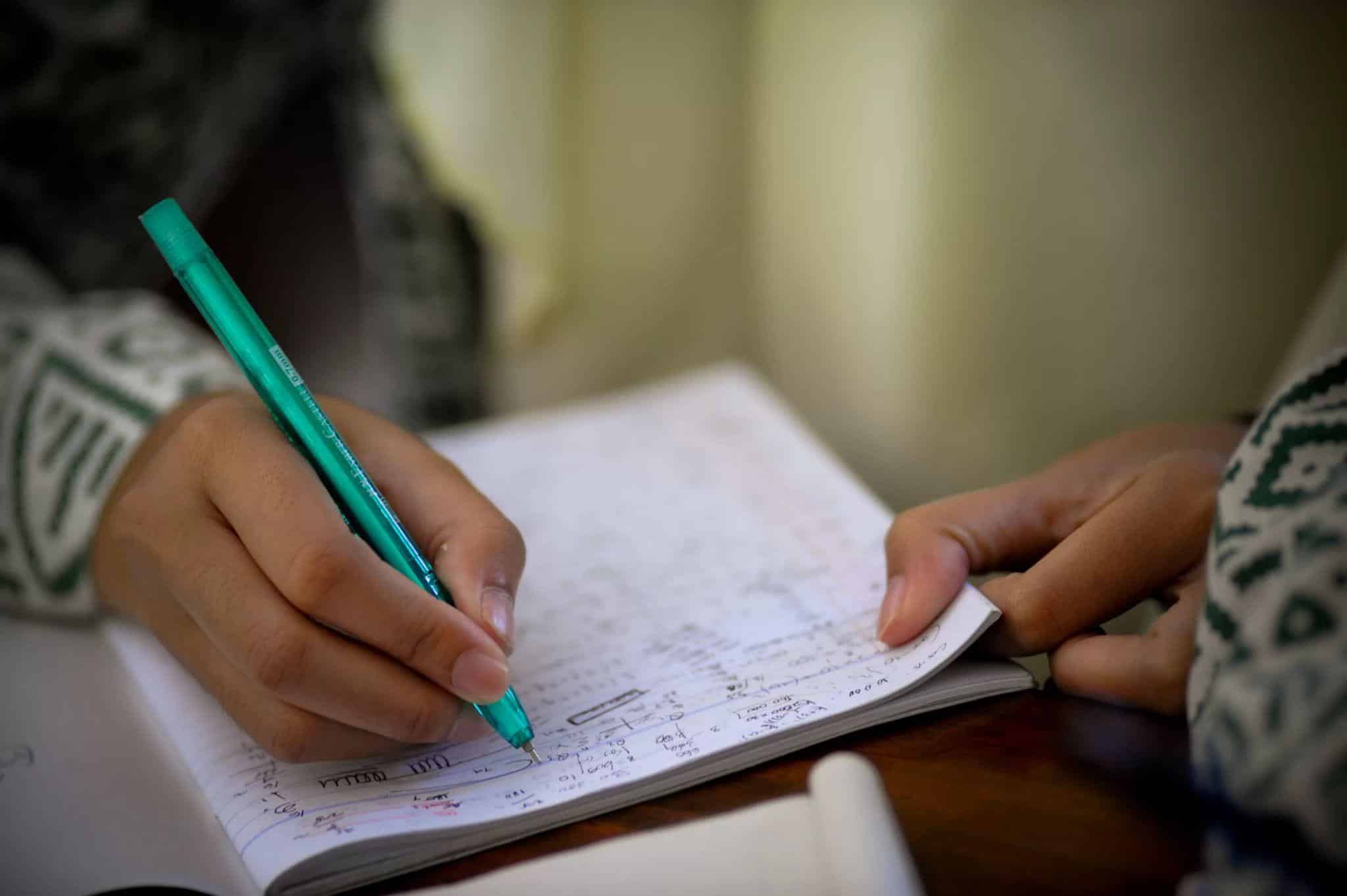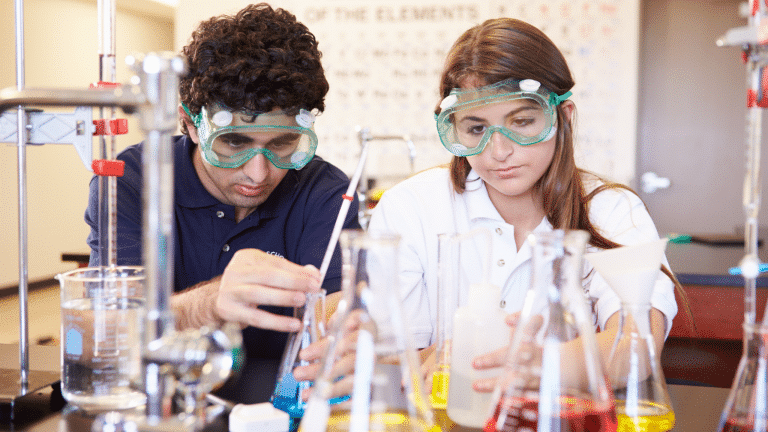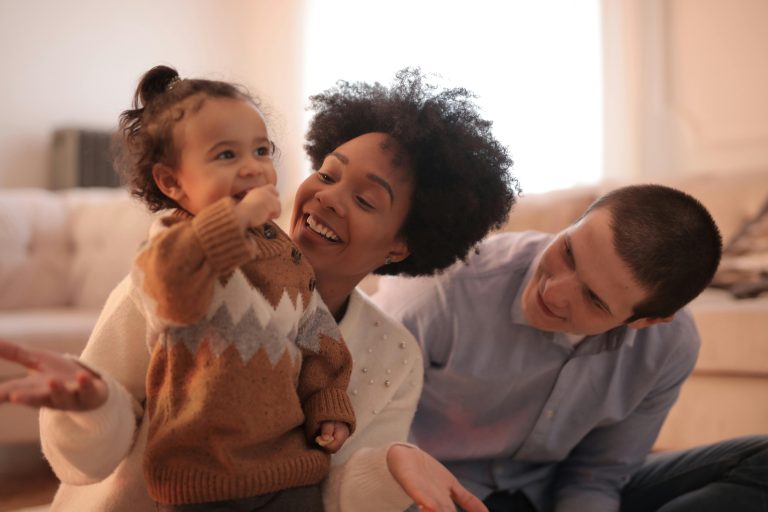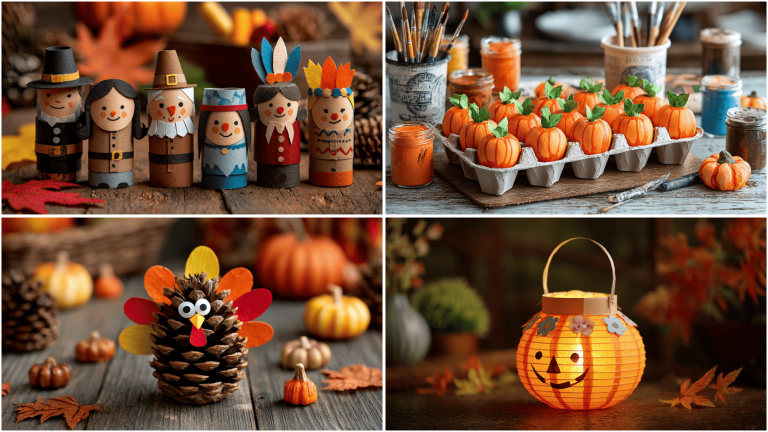Kids with ADHD often possess bundles of energy that can pose challenges to management. However, individuals can channel that energy into productive and enjoyable activities with the right approach.
In this article, we’ll explore how Cognitive Behavioral Therapy (CBT) techniques can help create fun and engaging activities for children with ADHD, enabling them to learn valuable skills while having a blast.
Mindful Colouring
Mindful colouring is a therapeutic activity where kids colour complex designs or patterns while giving the task their full attention. It’s not enough to fill in the colours; you must be present and notice how the crayon or marker feels on the paper and how the colours mix.
This activity helps kids be calm and relaxed by getting them to use all of their senses. Colouring, while being aware, is an excellent way for kids with ADHD to improve their focus and attention. They can healthily use their energy because they are focused on the job and involved in the creative process.
Mindful colouring can also help relieve stress and worry, which often happens with ADHD. Giving kids colouring sheets with different difficulty levels lets them pick the one that works best for them and their skill level, making the activity fun and easy for everyone.
Sensory Play
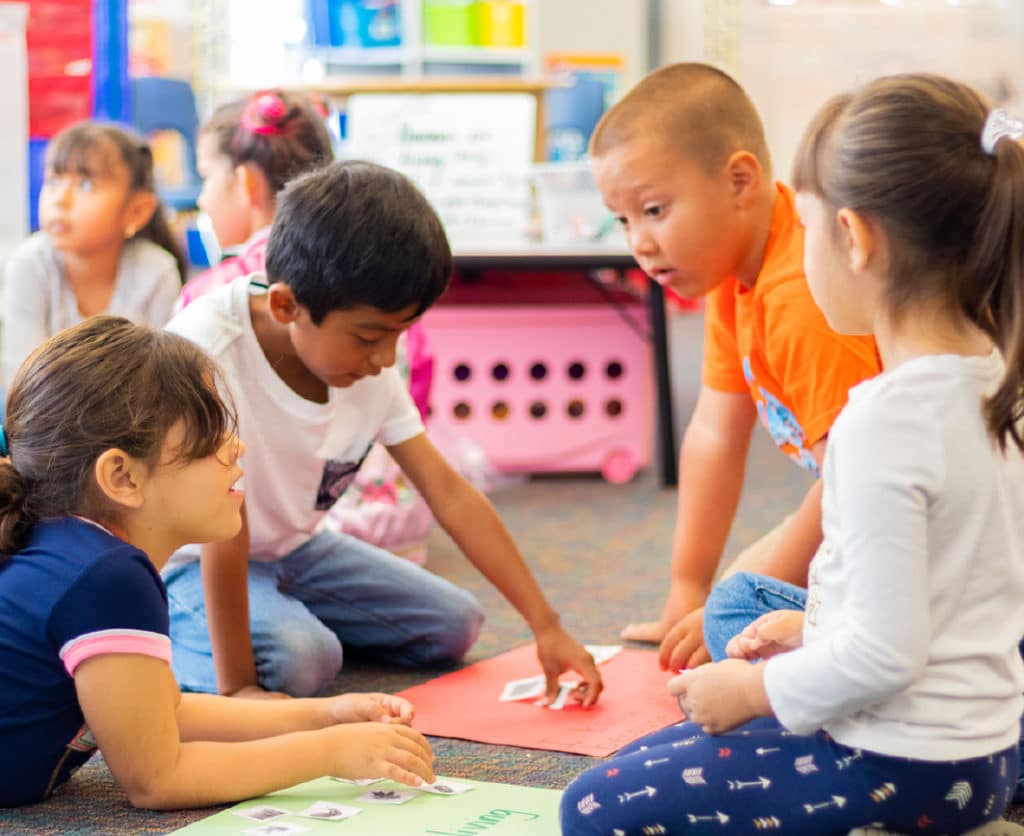
Sensory play involves using hands-on tasks to stimulate kids’ senses and get them to explore and try new things. Sensory play is perfect for kids with ADHD because it helps keep their sensory systems in check, which can get out of whack when a child has ADHD.
Kids can calm down by digging their hands into rice, beans, or sand bins. These activities expose them to different textures and feelings, which can help them relax. Kids can also work on hand-eye coordination and small motor skills while playing with their senses. It also helps kids use their imaginations and express themselves creatively as they find new ways to use the items.
To improve the physical experience, you could add things that smell good, are made from nature (like leaves or pinecones), or have different levels of softness or hardness. You can change sensory play to fit your child’s tastes and needs, which makes it a fun and flexible game for kids with ADHD.
Movement Breaks
Movement breaks are short periods of physical action built into kids’ daily schedules to help them focus and eliminate extra energy. Movement breaks are beneficial for kids with ADHD who have trouble staying still for extended amounts of time.
They give them a chance to move around and clear their minds. During these breaks, people can do many different things, like dancing to their best songs, jumping jacks, or playing tag. To help kids recover without getting in the way of their day, it’s best to keep the activities short but stimulating.
Studies have shown that giving kids with ADHD regular breaks to move around can help their brains work better, help them pay attention, and improve their happiness. Adding breaks for movement to structured tasks like homework or class lessons can also help keep people interested and avoid boredom.
When kids with ADHD move a regular part of their day, we can help them control their energy, learn, and grow to their fullest potential.
Storytelling and Role-Playing
Children can express themselves, use their imaginations, and improve their social and emotional skills by sharing stories and playing pretend. Kids with ADHD often have vivid imaginations and a natural desire to tell stories, and these tasks give them a way to use their energy healthily.
Imaginative play helps kids develop their creativity, empathy, and communication skills. They can act out scenes from their favourite book or make their own stories and characters.
They learn to see things from different points of view, solve problems, and deal with other people through role-playing, all of which are good for their growth. Give kids with ADHD props, outfits, and open-ended questions that will help them tell stories and play roles.
This will help them be more creative and involved. It is essential to help kids build their confidence and self-expression by giving them a safe, loving space to explore and talk about their feelings without fear of being judged.
Goal Setting and Reward Systems
Setting goals and giving rewards are good ways to get kids with ADHD to do certain things and behave in specific ways. Setting goals that kids can reach and giving them real benefits for doing well encourages them to stay focused, use their time well, and keep at what they’re doing.
Teens and kids with ADHD may have trouble controlling their impulses and staying focused. Setting clear goals and rewards can help give their activities structure and direction. Visual aids like graphs, charts, and checklists can be used to keep track of progress and enjoy big wins.
It’s essential to consider the child’s skills and weaknesses when setting goals and ensure they are clear, measurable, and attainable. The reward can be anything from a small treat or special access to something more important or something they enjoy doing.
Setting goals and giving rewards daily helps kids with ADHD learn essential skills like self-control, waiting to get what they want, and self-discipline, which are necessary for success in school and life.
Mindfulness Exercises
Mindfulness exercises involve activities that help you be aware of the present moment and accept your thoughts, feelings, and emotions without judgment. Mindfulness can help kids with ADHD who have trouble controlling their impulses and staying focused.
It can also help them calm down, handle their feelings, and pay attention better. Kids can learn simple routines like guided imagery, deep breathing, or body scans and do them daily as part of their routine. These activities assist kids in becoming more self-aware and emotionally intense, which makes it easier for them to handle challenging situations.
When practicing mindfulness, kids learn to notice and deal with their thoughts and feelings healthily and helpfully. Mindfulness also helps people feel connected to and kind toward themselves and others, which can improve their health and relationships.
Kids with ADHD can learn about mindfulness using age-appropriate language and fun tasks involving all their senses. Tell them to be open and curious about awareness and remind them that it’s okay to have thoughts and feelings and that they can choose how to react.
Board Games and Puzzles
Puzzles and board games are fun and can help you learn new things and improve your skills. These tasks give kids with ADHD, who might have trouble paying attention and controlling their impulses, a planned and fun way to work on cognitive skills like making decisions, solving problems, and planning. Playing board games like Scrabble, chess, or Sudoku requires players to think ahead, plan, and change their methods based on the situation.
These are all essential parts of Cognitive Behavioural Therapy (CBT) for ADHD. Kids learn critical social skills like how to wait their turn, work together, and be a good sport by playing board games and puzzles. These skills can help them get along better with their family and friends.
Kids with ADHD should enjoy board games and puzzles, pick games appropriate for their interests and skill level, give them clear directions and help, and praise and encourage their efforts. Making these tasks fun and rewarding can help kids learn the cognitive and social skills they need to do well in school and life.
Journaling
Writing or drawing about your thoughts, feelings, and experiences in a journal is a way to relax and feel better. Kids with ADHD may have trouble controlling their emotions and acting on impulses. Writing in a journal is a safe and organized way for them to express themselves, think about their experiences, and learn more about how they feel and act.
Kids can work through their feelings, see trends in their behaviour, and set goals for their growth and development by writing in a journal. Kids learn to be self-aware and kind to themselves by writing in a journal.
They learn to accept themselves and their events without judging them. Journaling also gives kids a creative way to express themselves and learn about the world, as it lets them try out different writing styles, drawing methods, and art supplies.
Kids with ADHD can start writing or drawing in a journal if you give them a notebook or sketchbook and tell them to write or draw about anything that comes to mind. Help them get started by giving them prompts or tips, but also let them express themselves in their way.
Making writing in a journal a regular habit can help kids learn valuable skills like controlling their emotions, thinking about themselves, and being creative, which will improve their general health and success.
Conclusion
By incorporating Cognitive Behavioral Therapy techniques into fun and engaging activities, we can provide children with ADHD with the tools they need to thrive. These activities help them manage their energy levels and promote essential skills such as focus, self-regulation, and social interaction.
With patience, creativity, and a little fun, we can support children with ADHD in reaching their full potential. For professional guidance and ADHD diagnosis, consider contacting experts at Possibilities Clinic, which specializes in ADHD diagnosis and treatment for children.

